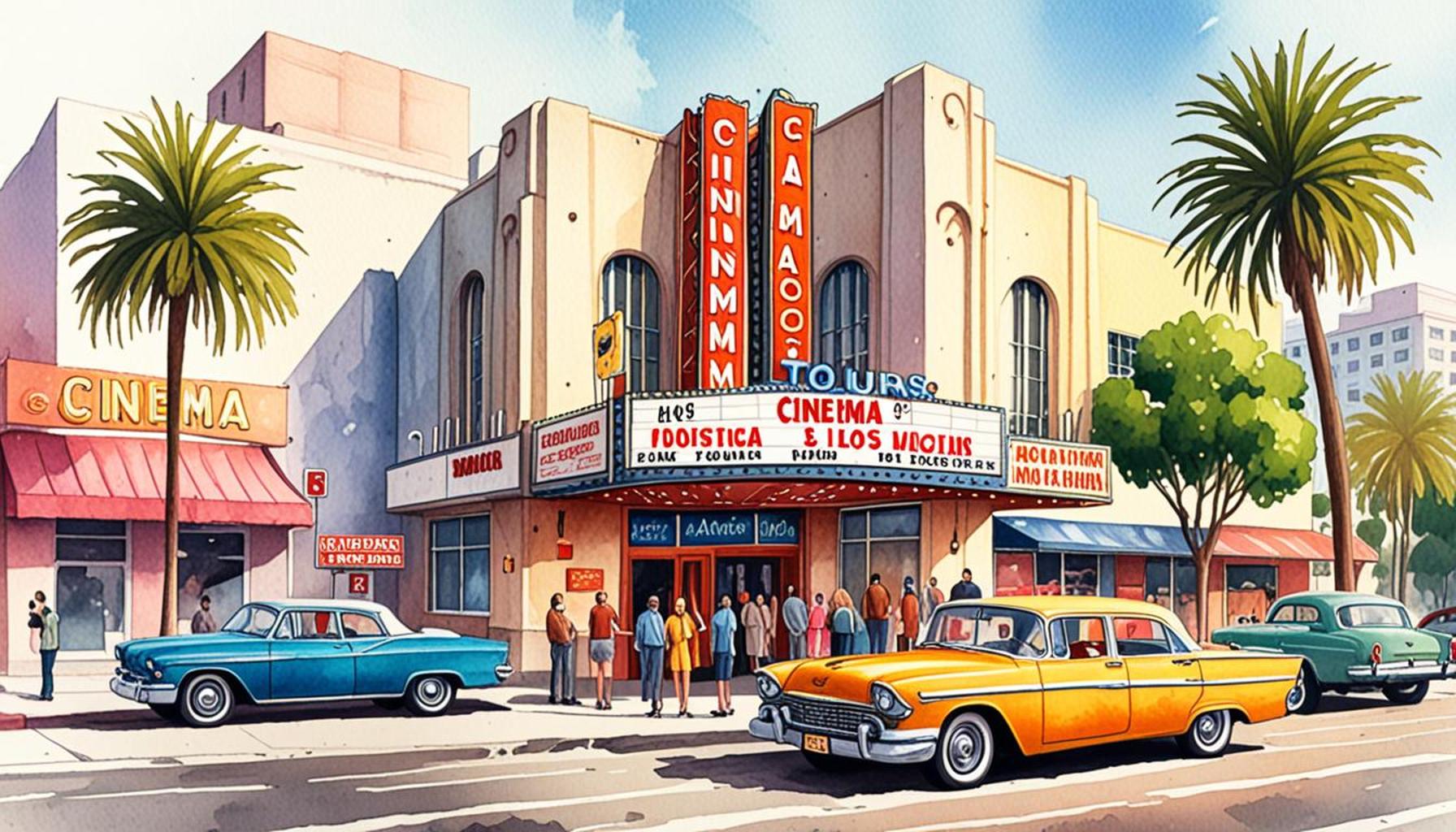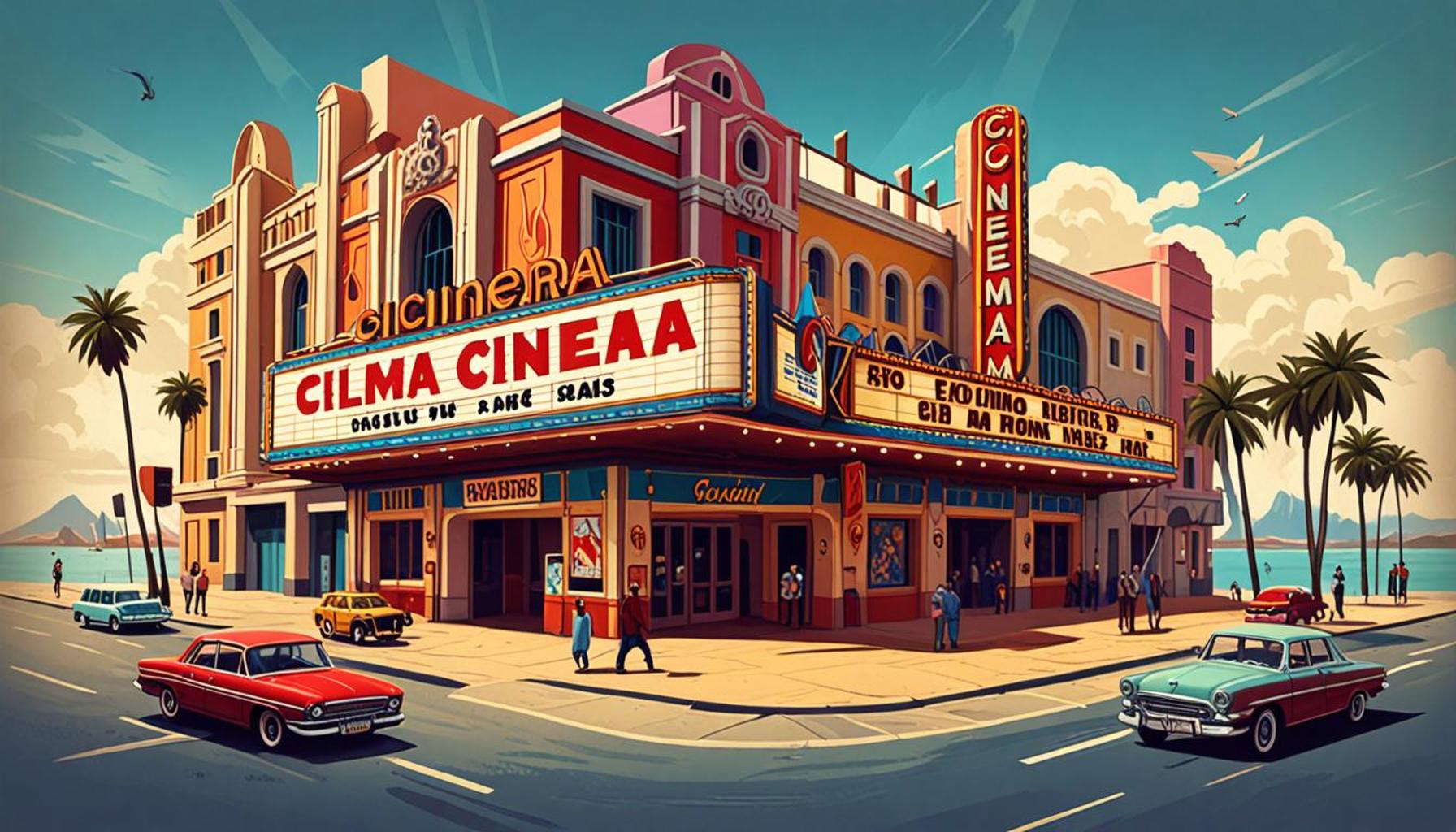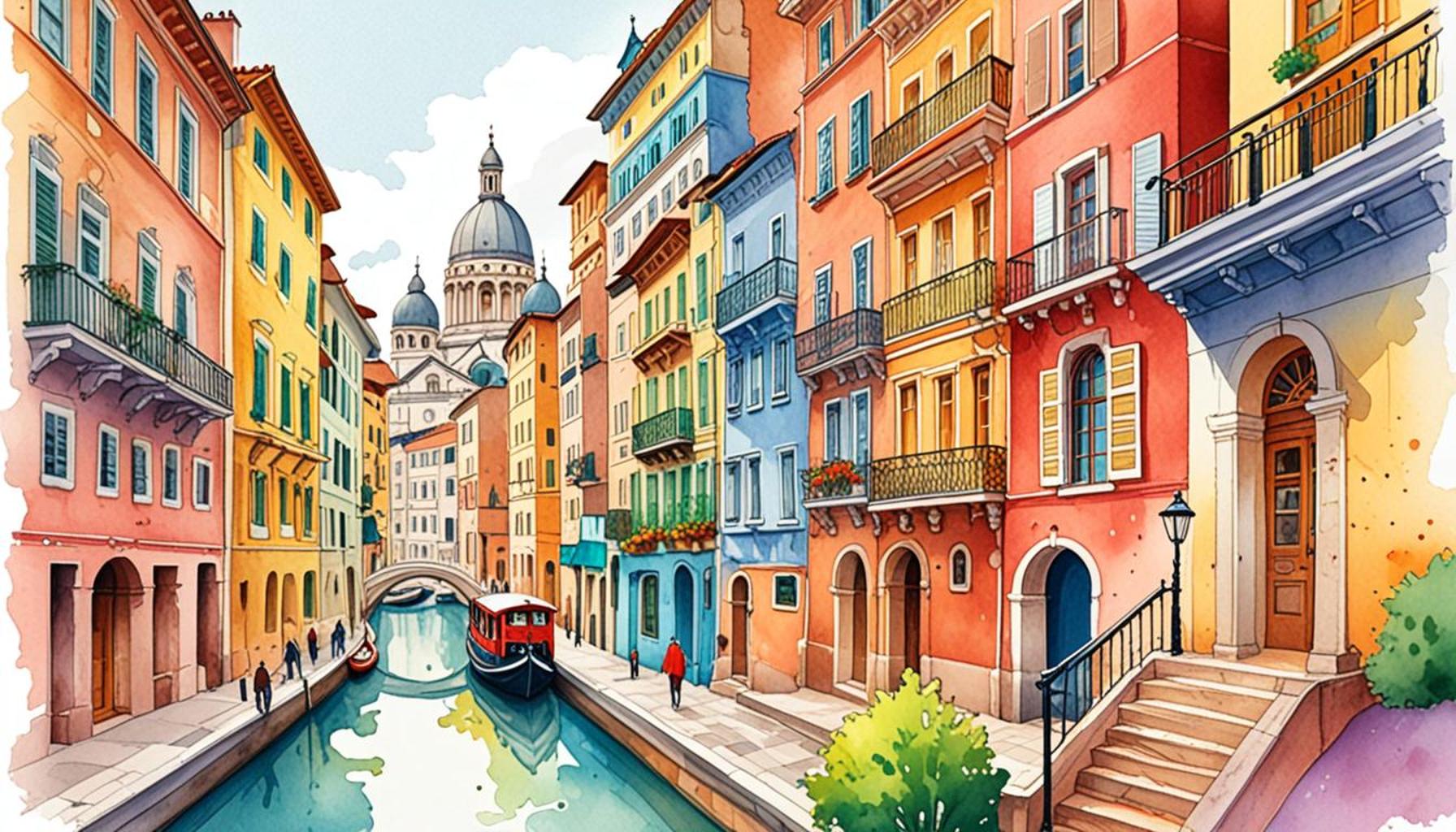Itineraries of Indigenous Art: Exploring Museums and Galleries in the USA
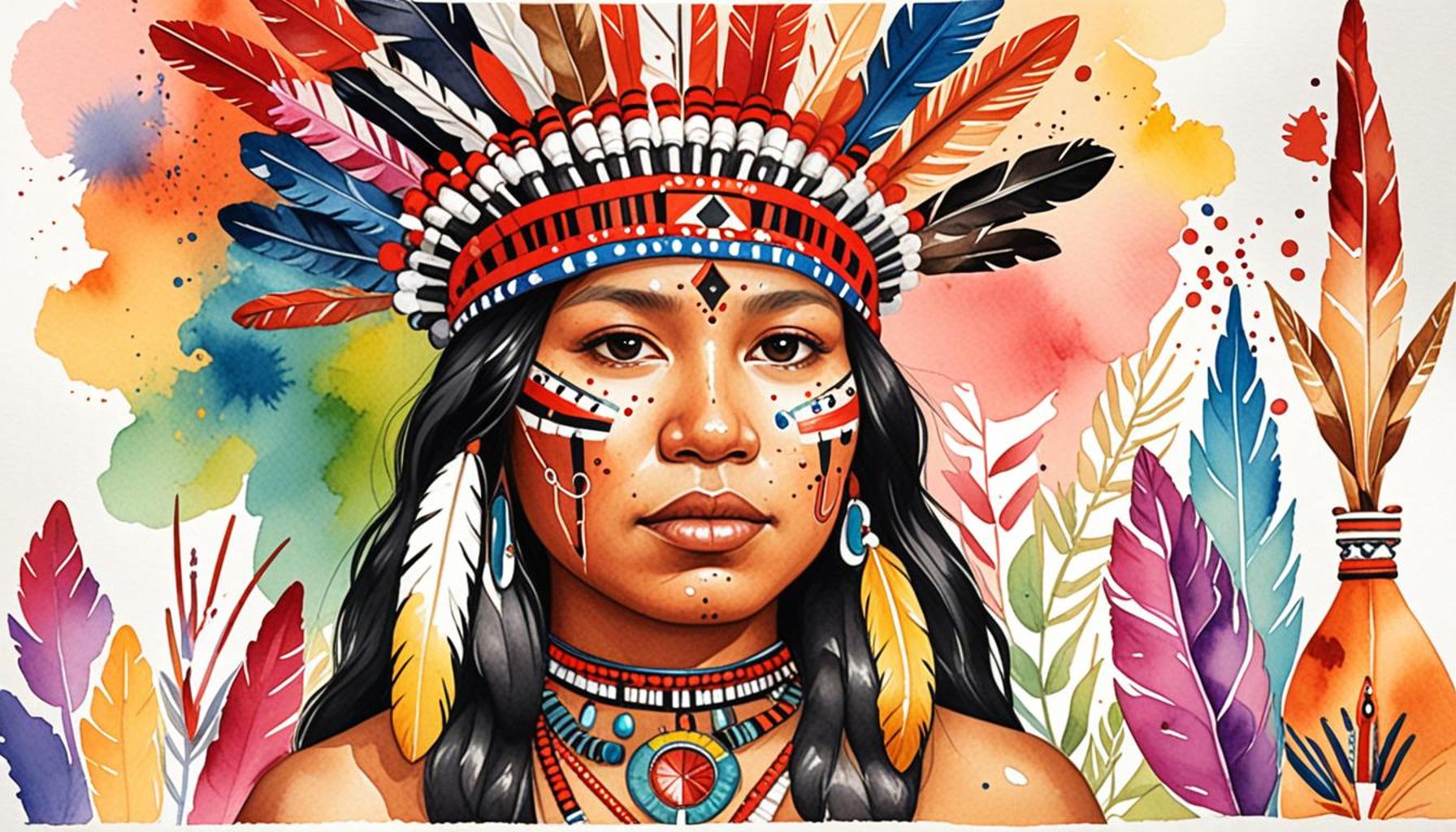
Exploring the Vibrant World of Indigenous Art
Native American art encompasses a stunning variety of forms, each one rich with history and cultural significance. This art is not merely aesthetic; it tells stories, preserves traditions, and conveys the spiritual beliefs of Indigenous peoples. By examining pieces created by Indigenous artists throughout time, we gain insight into a worldview that respects nature and values community. Whether through the intricate patterns of woven textiles or the striking designs of pottery, every piece is a testament to resilience and ingenuity.
Key Regions and Notable Institutions
The landscape of Indigenous art is diverse across various regions of the United States, with each area boasting its unique traditions and artistic expressions. To truly appreciate this wealth, consider visiting the following esteemed institutions:
- National Museum of the American Indian – This premier institution dazzles visitors with an expansive collection that spans thousands of years. The museum not only exhibits traditional artifacts but also highlights contemporary works that push boundaries and explore Indigenous identity in modern society.
- The Heard Museum – Known for its commitment to showcasing the art and culture of the Southwest’s Indigenous communities, the Heard Museum provides a deep dive into the history of tribes such as the Navajo and Hopi. Their collections showcase handcrafted jewelry, textiles, and pottery, which serve as a celebration of their artistic heritage.
- Institute of American Indian Arts – Located in Santa Fe, New Mexico, the IAIA is a leader in Native American art education and innovation. The college’s gallery displays an array of works from emerging artists, blending traditional methods with contemporary media, illustrating the evolving narrative of Indigenous art.
Each of these institutions offers more than mere displays of art; they serve as cultural hubs that foster dialogue and education. Visitors can expect to engage with:
- Traditional and contemporary art forms – From ancient pottery to modern installations, the variation in styles reflects the history and current realities of Indigenous life.
- Artist biographies and cultural significance – Understanding the lives behind the artworks adds a personal dimension, linking history with the present.
- Preservation efforts and challenges – Institutions frequently highlight the importance of safeguarding Indigenous cultures against the pressures of modern society, as well as the innovative ways communities are reclaiming their narratives.
Taking the time to explore these artistic expressions not only enhances your appreciation of Indigenous cultures but also highlights the ongoing struggle and triumph over adversity faced by these communities. Visiting museums and galleries dedicated to Indigenous art promises a journey filled with enlightenment, inspiration, and a deeper understanding of the remarkable resilience embedded within Native traditions.
EXPLORE MORE: Click here to uncover budget-friendly hidden gems
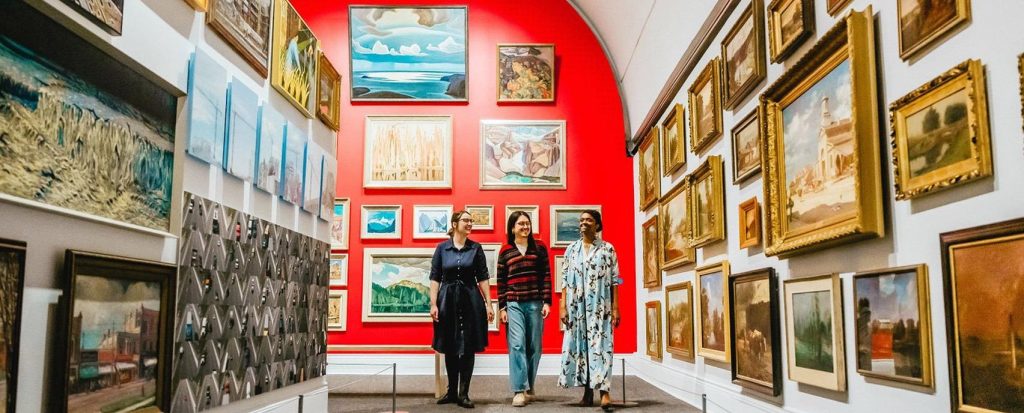
Diving into Local Narratives: The Heart of Indigenous Art
As you embark on your journey through the itineraries of Indigenous art in the United States, it is essential to recognize the regional diversity that influences the storytelling woven into each artwork. Indigenous communities across the country have harnessed their environments to create art that reflects their unique experiences, beliefs, and histories. This deep interconnection between culture and landscape results in an artistic tapestry that is as varied as the geography itself.
The Pacific Northwest is renowned for its totem poles and elaborate carvings, which often embody clan lineage or spiritual beliefs. Institutions like the Seattle Art Museum and the Museum of Anthropology at the University of British Columbia present robust collections that not only showcase the art but also immerse visitors in the stories of the Native peoples, such as the Tlingit and Kwakwaka’wakw. This region’s art is characterized by its bold use of color, intricacy, and symbolic depth, inviting attendees to consider the narratives behind each artifact.
Moving to the Southeast, the rich tradition of Southeastern Woodlands’ Indigenous art reflects the close relationship these communities maintain with the flora and fauna of their environments. The Attala Museum in Mississippi highlights the artistry of the Choctaw nation through their stunning beadwork and intricate baskets. Each piece serves not only as art but as a testament to cultural identity, illustrating the significance of storytelling in these communities.
In the Southwest, you will find an explosion of color and form through pottery, textile weaving, and jewelry-making. Institutions like the Bernard and Barbara Heller Gallery at the University of New Mexico feature the works of renowned artists such as Maria Martinez of the San Ildefonso Pueblo, whose black-on-black pottery has gained international acclaim. This is a place where ancient techniques converge with the contemporary, allowing for dialogues between past and present that resonate profoundly.
The quest to appreciate Indigenous art in the U.S. leads art enthusiasts to various museums and galleries that feature not just the artifacts, but also the artists’ stories. The following aspects heighten the experience for visitors:
- Workshops and Interactive Programs – Many museums offer hands-on experiences where visitors can engage with artists directly, learning traditional methods while gaining a deeper understanding of the cultural context behind the creations.
- Community Events – From powwows to gallery openings, these events often feature live demonstrations and discussions, emphasizing the importance of culture and community.
- Restorative Practices – Institutions focus increasingly on the preservation of Indigenous art by honoring and reclaiming traditional narratives, allowing these communities to tell their stories in their own ways.
As you traverse this fascinating landscape of Indigenous art, be prepared to encounter a powerful convergence of artistic expression, cultural identity, and historical context. Each museum or gallery serves as more than a silent repository; they are vibrant centers of knowledge that challenge preconceived notions while inviting visitors to engage with the rich legacies of Indigenous communities across the nation.
| Advantage | Description |
|---|---|
| Rich Cultural Experience | Exploring Indigenous art allows visitors to gain insight into the diverse heritages of Native American communities across the USA. |
| Artistic Innovation | Many Indigenous artists blend traditional methods with contemporary practices, creating a dynamic dialogue between the past and present, inviting exploration. |
| Community Empowerment | Support for Indigenous artists through museums fosters community identity and creates economic opportunities, enhancing cultural sustainability. |
| Educational Insights | Institutions often host workshops, lectures, and events, providing educational platforms that enhance understanding of Indigenous perspectives. |
Exploring the itineraries of Indigenous art across various museums and galleries in the USA offers more than just visual stimuli. It is a profound journey into the narratives, histories, and modern expressions of Indigenous peoples. One of the most engaging aspects of this exploration is the rich cultural experience it provides, allowing visitors to connect with and understand the significance of different art forms. From pottery to contemporary installations, each piece tells a story rooted in cultural identity.Moreover, amidst the breathtaking artwork lies a testament to artistic innovation. Native artists continuously redefine their practices, producing works that challenge perceptions while honoring tradition. This innovation leads to dialogues that can reshape our understanding of cultural intersections as well.The impact of these artistic ventures extends beyond aesthetics. By uplifting Indigenous artists and showcasing their work, museums contribute to community empowerment, bolstering an economic framework that strengthens cultural preservation. Additionally, various educational opportunities offered by institutions support a rich tapestry of Indigenous knowledge, promoting greater awareness and appreciation among audiences.As you delve into the itineraries of Indigenous art, you will uncover a layered narrative that not only highlights the beauty of this creative expression but also its vital role in society today. The journey through these museums and galleries promises an enlightening experience sure to leave a lasting impression.
DISCOVER MORE: Click here for affordable national park adventures
Cultural Revitalization: The Role of Indigenous Museums
As the exploration of Indigenous art continues, the significance of Indigenous-led museums becomes increasingly apparent. These institutions not only serve as repositories for art but also play a vital role in cultural revitalization and community engagement. They provide the platform for Indigenous peoples to reclaim their narratives, allowing them to share their histories, identities, and perspectives on their terms.
A prime example is the National Museum of the American Indian in Washington, D.C. This museum is part of the Smithsonian Institution and is dedicated to the preservation and interpretation of the diverse cultures of the Indigenous peoples of the Americas. With its emphasis on authenticity, the museum features artworks sourced from tribal communities across the continent, aiming to present Native experiences as living entities rather than merely historical artifacts. The museum’s various exhibitions, such as “Our Universes: Traditional Knowledge Shapes Our World,” challenge traditional museum narratives and invite visitors to engage with the vibrancy of contemporary Indigenous cultures.
In the Great Plains, the Montana Historical Society showcases the rich artistic heritage of tribes like the Crow and Assiniboine. Exhibits feature traditional ledger art, a style that emerged from the Plains tribes documenting their life experiences on used accounting records. These personal narratives provide profound insights into the socio-political histories of Indigenous peoples and allow for reflection on their resilience despite centuries of change.
Cultural revitalization is further exemplified by institutions like the Indian Pueblo Cultural Center in Albuquerque, New Mexico. This center is dedicated to the preservation and promotion of Pueblo culture through exhibitions, performances, and culinary experiences. Visitors can participate in cultural workshops, such as pottery-making or traditional dance, which foster greater understanding and appreciation of Indigenous art forms. The center also promotes local artist commissions, showcasing contemporary work that honors traditional methods while evolving to reflect current influences.
Moreover, many galleries across the nation embrace the concept of art as activism. For instance, the WoC Gallery in New York City highlights Indigenous artists who address contemporary social issues through their work. This gallery acts as a conduit for dialogues about environmental justice, cultural preservation, and political sovereignty, thus elevating Indigenous voices within broader societal discussions.
As visitors navigate these themed itineraries, they will find that the approachable narratives expressed through Indigenous art may encourage new perspectives on historical injustices and contemporary issues faced by Native communities. Engaging with art from this viewpoint allows for a deeper understanding of Indigenous resilience and creativity and fosters connections between diverse communities.
The integration of technology is another exciting facet of Indigenous art presentation. Virtual reality experiences and interactive displays are increasingly being incorporated into museum exhibitions. These approaches offer immersive storytelling that brings Indigenous narratives to life, bridging gaps in knowledge while enhancing engagement with audiences unfamiliar with these art forms. Institutions like the Smithsonian National Museum of the American Indian lead the way in developing innovative approaches to enhance visitor experiences, thereby expanding the reach of Indigenous art.
As you explore Indigenous art galleries and museums across the U.S., remain open to the multi-faceted dialogues occurring within these spaces. Each visit encourages not only an appreciation of the artistry but also a chance to contemplate the resilience, heritage, and ongoing contributions of Indigenous communities to the broader tapestry of American culture.
DIVE DEEPER: Click here to discover iconic filming locations
Conclusion: A Journey Through Indigenous Art in the USA
The rich tapestry of Indigenous art encapsulates far more than aesthetic beauty; it embodies the lived experiences, histories, and community resilience of Native peoples across the United States. As we navigate through various museums and galleries, such as the National Museum of the American Indian and the Indian Pueblo Cultural Center, it becomes evident that these spaces are pivotal in preserving and revitalizing Indigenous culture. They foster a dialogue that encourages visitors to appreciate art not merely as visual expressions but as powerful tools for storytelling and community engagement.
As we shift perspectives and challenge preconceived notions about indigenous histories, we gain insights into contemporary issues surrounding environmental justice, cultural sovereignty, and identity. Galleries like the WoC Gallery amplify Indigenous voices, using art as a form of activism that confronts broader societal challenges. Through these platforms, Indigenous artists engage audiences, drawing them into a deeper understanding of current realities faced by Indigenous communities.
In an age where technology continues to transform the way we experience art, interactive exhibits and virtual reality experiences allow for immersion into indigenous narratives, making them more accessible to diverse audiences. These innovative approaches invite us to transcend physical boundaries and connect with stories that have stood the test of time.
As you embark on your own journey through itineraries of Indigenous art, remain open to the multifaceted dialogues these artistic expressions evoke. Embrace the opportunity to reflect on the profound contributions of Indigenous peoples to the overall fabric of American society, and let their art inspire a renewed consciousness towards understanding and appreciation of their culture. Your exploration of these museums and galleries not only enriches your knowledge but contributes to the ongoing recognition of Indigenous heritage and its vital role in our shared history.

